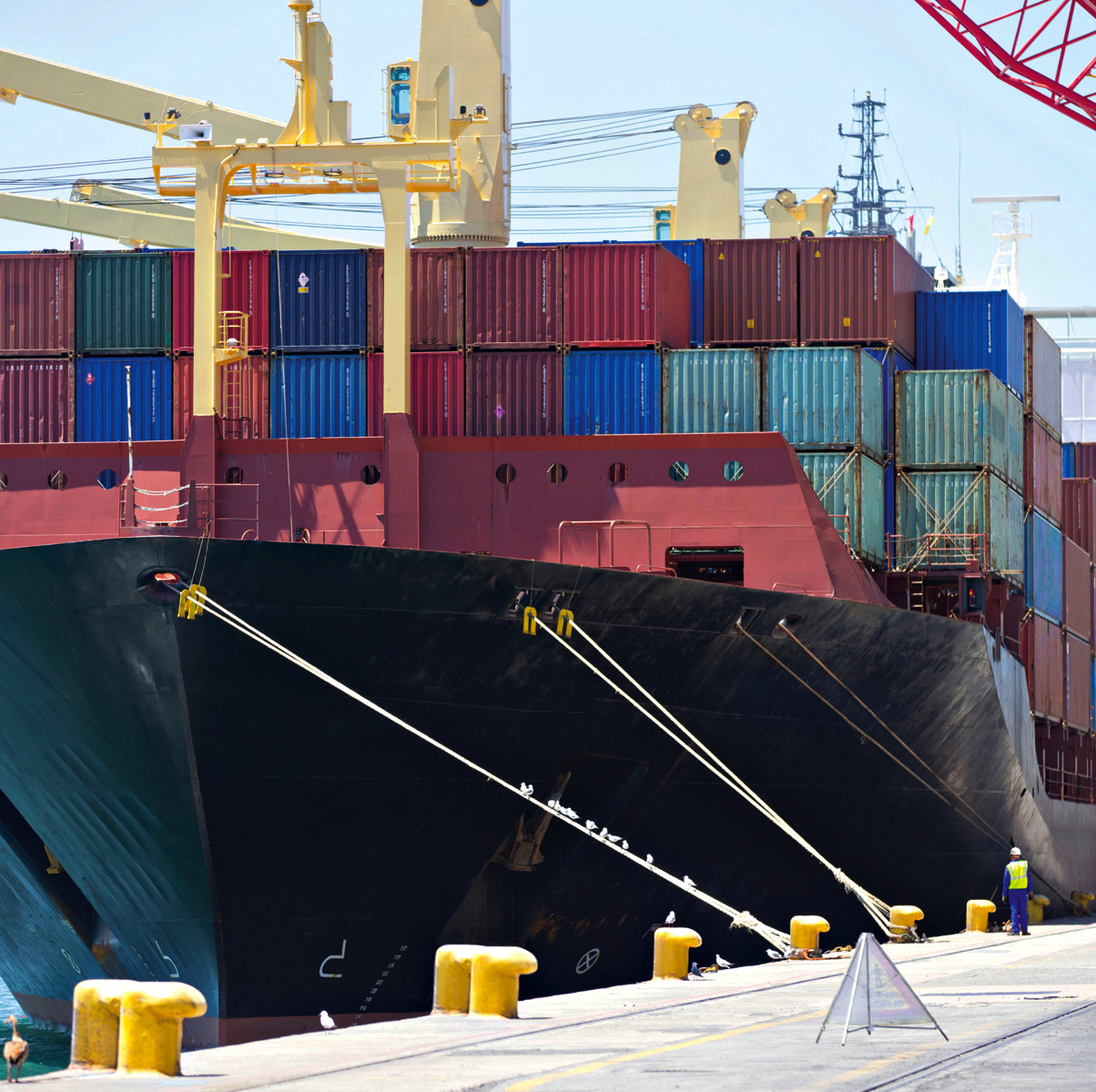International Trade

International Trade
SECTION6
- Module 16: Gains from Trade
- Module 17: Supply, Demand, and International Trade

CAR PARTS AND SUCKING SOUNDS
Stop in an auto showroom, and odds are that the majority of cars on display were produced in the United States. Even if they’re Nissans, Hondas, or Volkswagens, most cars sold in this country were made here by the Big Three U.S. auto firms or by subsidiaries of foreign firms.
Although that car you’re looking at may have been made in America, a significant part of what’s inside was probably made elsewhere, very likely in Mexico. Since the 1980s, U.S. auto production has increasingly relied on factories in Mexico to produce labor-
Changes in economic policy over the years have contributed greatly to the emergence of large-
A further boost came in 1993, when the United States, Mexico, and Canada signed the North American Free Trade Agreement (NAFTA), which eliminated most taxes on trade among the three nations and provided guarantees that business investments in Mexico would be protected from arbitrary changes in government policy.
NAFTA was deeply controversial when it went into effect: Mexican workers were paid only about 10% as much as their U.S. counterparts, and many expressed concern that U.S. jobs would be lost to low-
Most economists disagreed with those who saw NAFTA as a threat to the U.S. economy. We saw in Module 4 how international trade can lead to mutual gains from trade. Economists, for the most part, believed that the same logic applied to NAFTA, that the treaty would make both the United States and Mexico richer. But making a nation as a whole richer isn’t the same thing as improving the welfare of everyone living in a country, and there were and are reasons to believe that NAFTA hurts some U.S. citizens.
Until now, we have analyzed the economy as if it were self-
Since then, however, both U.S. imports and exports have grown dramatically. Moreover, compared to the United States, other countries engage in far more foreign trade relative to the size of their economies.
To have a full picture of how national economies work, we must understand the economics of international trade, which we will examine in this section. We start by revisiting the model of comparative advantage, which, as we saw in Module 4, explains why there are gains from international trade. We then extend our study to address deeper questions about international trade, such as why some individuals can be hurt by international trade while the country, as a whole, gains. At the conclusion of the section, we’ll look at the effects of policies that countries use to limit imports or promote exports. And we’ll look at the challenges nations face as a result of the forward march of globalization.